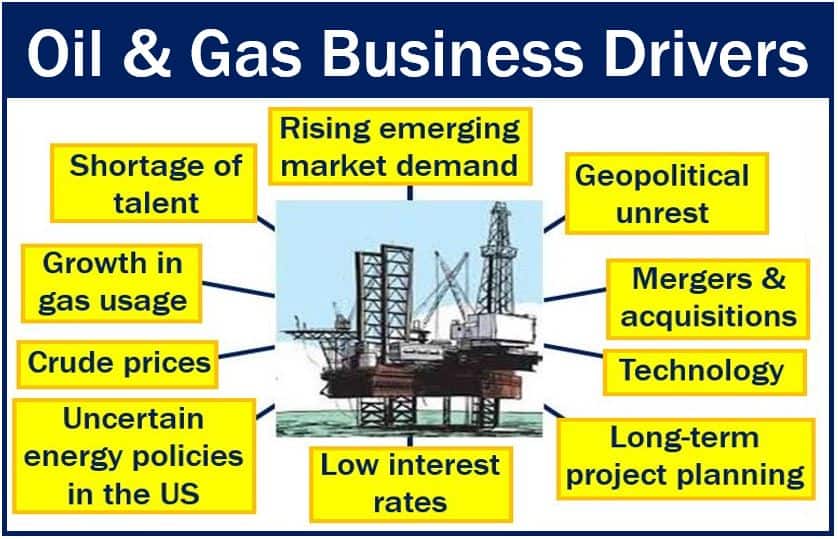A business driver is a component, condition, process, resource, or rationale that is vital for a business to thrive. A business driver shapes a company’s operational and financial performance. In other words, a business driver is something that has a major impact on a business’ performance.
Business drivers can include elements such as the effectiveness of sales teams, the number of retail locations, website traffic, as well as metrics like product pricing, sales volume, and production units.
It may also be a situation that would improve a company’s financial health. For example, a shoe shop manager may aim to reduce the percentage of ‘no buys.‘ ‘No buys’ are people who walk in and buy nothing. The manager’s aim would be a business driver to improve sales.
Businesses should identify their business drivers. Additionally, companies should try to maximize any that are under their control.
A company’s strategy and goals are dependent on the business drivers it identifies, and their order of importance.
Not every business driver is good
We must accept some drivers as necessary evils because we cannot control them. Examples include trade relations with other countries, the price of raw materials, geopolitical unrest, and economic conditions.
Identifying a company’s business drivers gets harder as it becomes more complex. There are computer programs that help firms clarify and track their business drivers.
The term ‘business driver’ has become a fashionable catchphrase that refers to any key part of a business.
The business drivers of software companies, for example, are technological innovation, better products, and optimum marketing. First class customer support is also a key business driver.
The most common business drivers are:
- Legislation and government policy
- Litigation
- The price of resources or commodities
- Competitors’ activities
- Customer demand

Internal and external business driver
Internal
Examples of internal drivers are the staff and different departments within a business. Especially those that contribute to product sales, marketing, production, and development.
The sales personnel, for example, boost demand for a product. They also work to make sure the company’s goods reach their customers on time.
A business’ internal drivers support its work. The internal drivers also have a common goal, such as aiming for a percentage market share. Market share refers to a company’s sales relative to the size of the whole industry.
External
Examples of external drivers include customers, the economy, competitors, and regulatory agencies.
Drivers that influence performance include those that help generate sales. Examples include how many calls people make, the company’s follow-up service campaign. How many visitors come to the company’s website is also a business driver.
Key drivers are not the same in all industries. In a law firm, for example, thoroughness is much more important than speed of delivery. For a pizza delivery service, however, speed is king.
Innovation in product development and service delivery often emerges as a pivotal business driver, propelling companies to the forefront of their respective industries.
Adaptability to changing market conditions is also a critical business driver, ensuring a company’s resilience and long-term success.
Video explanation
In this visual guide we explain what a business driver is using straightforward language and easy-to-understand examples.
